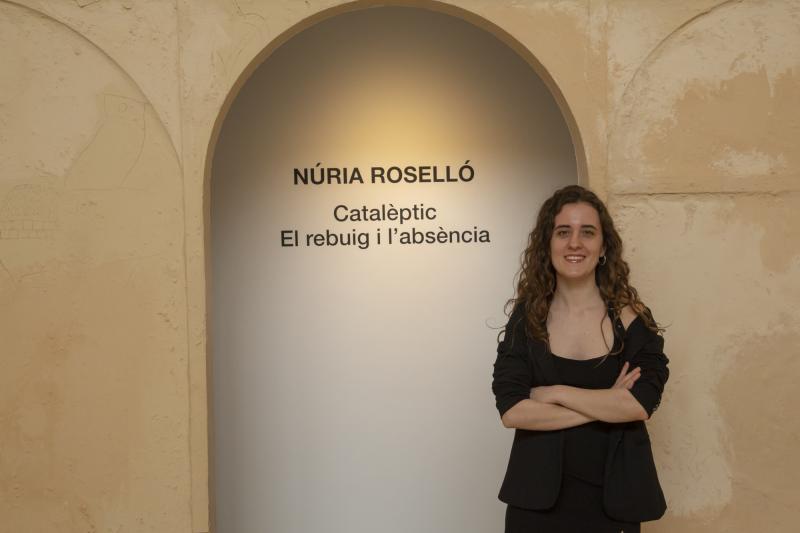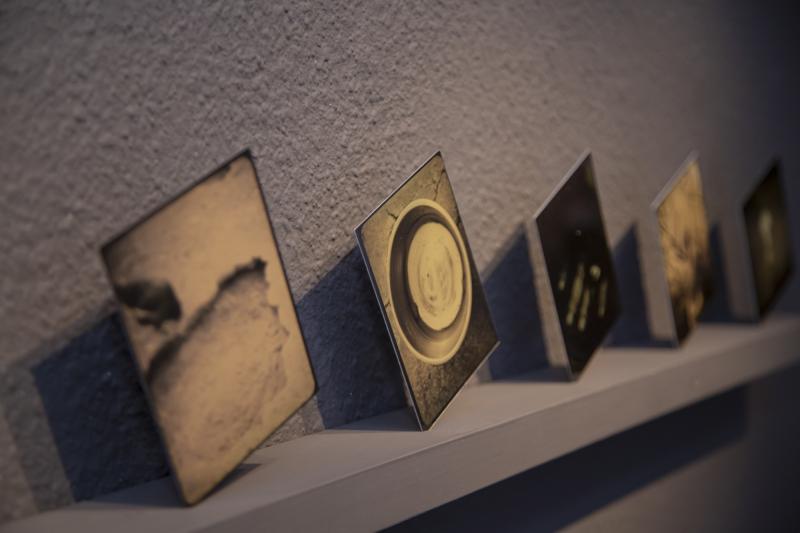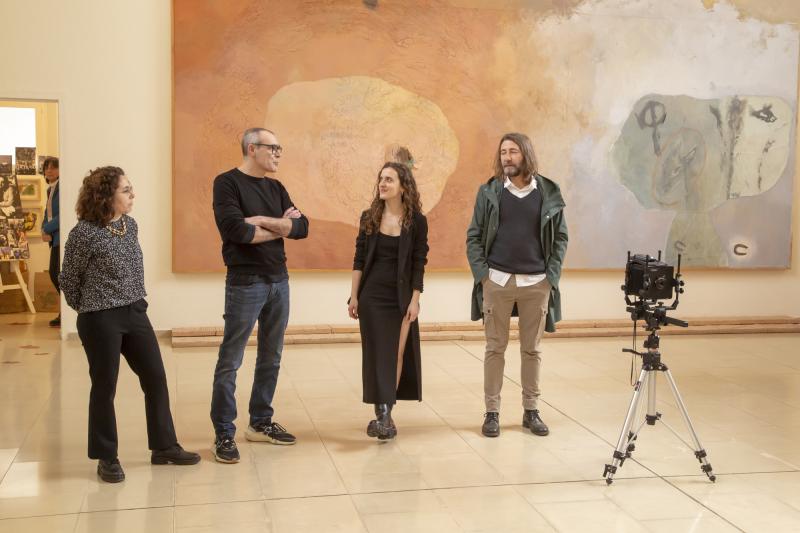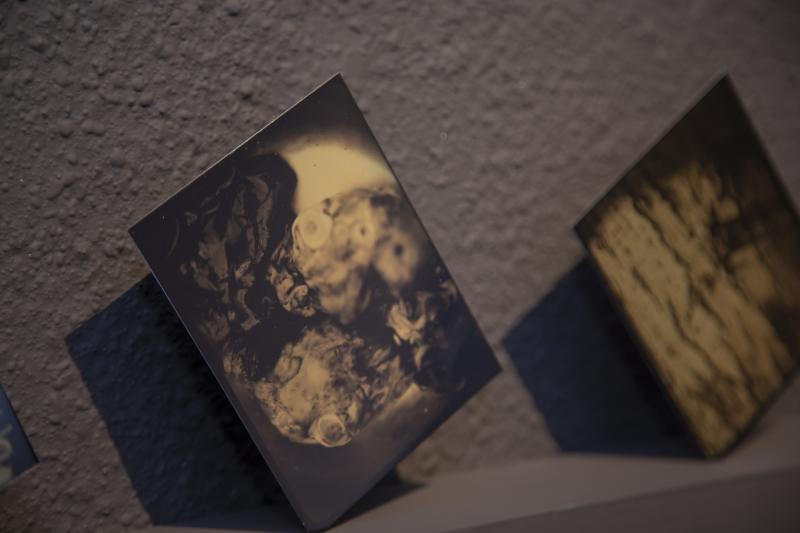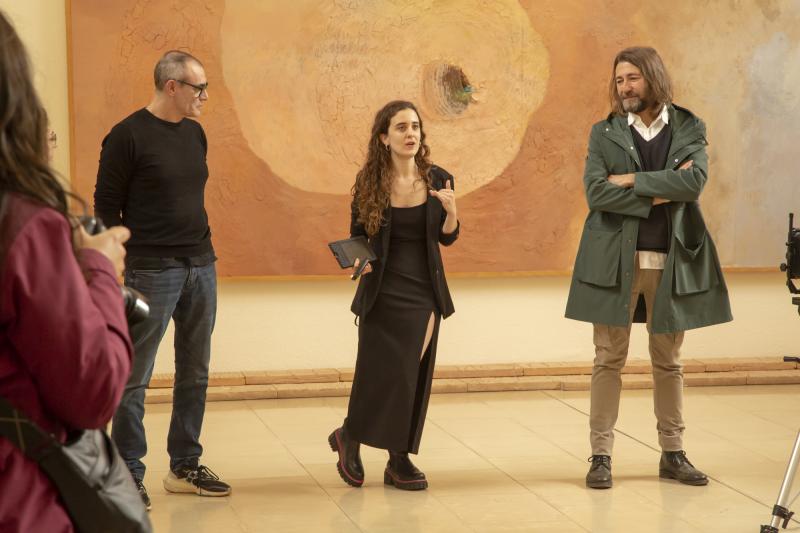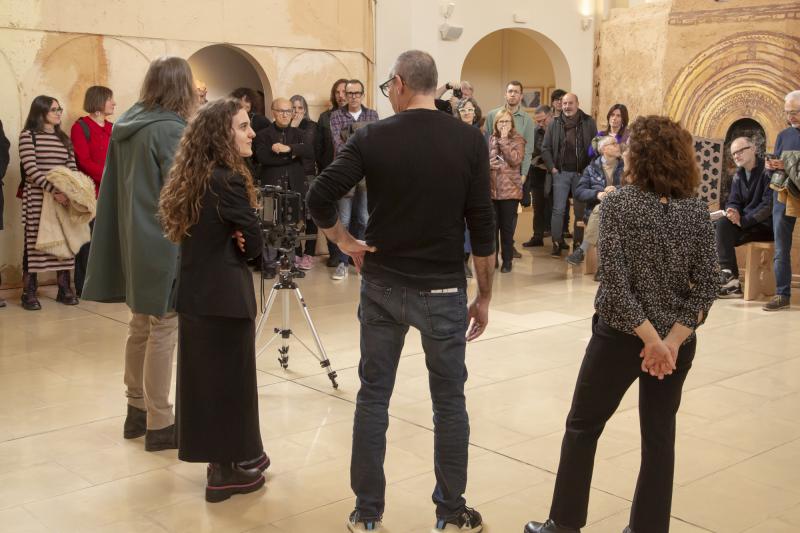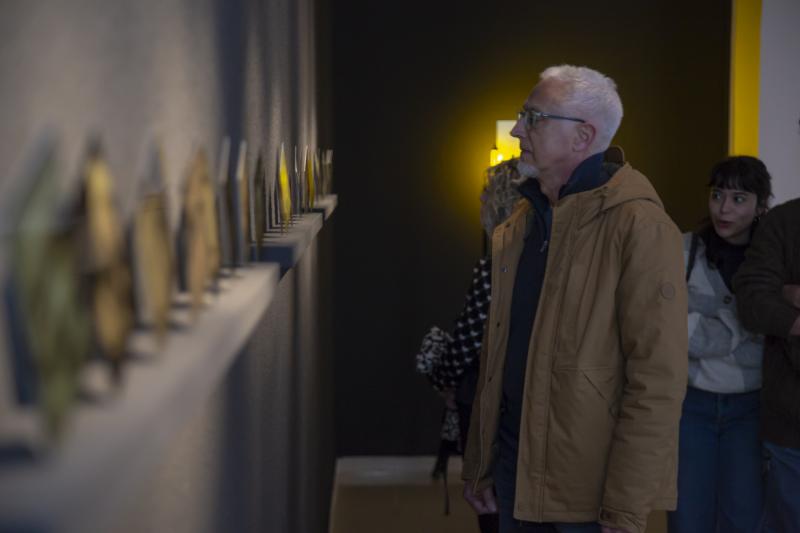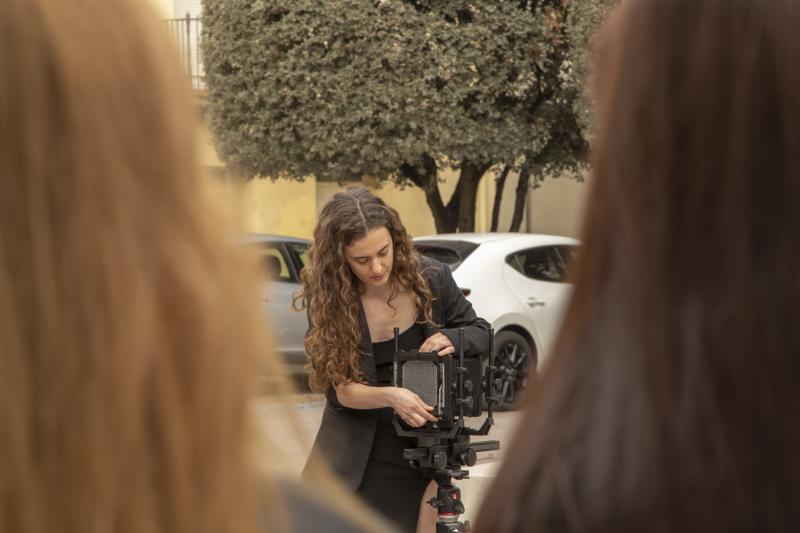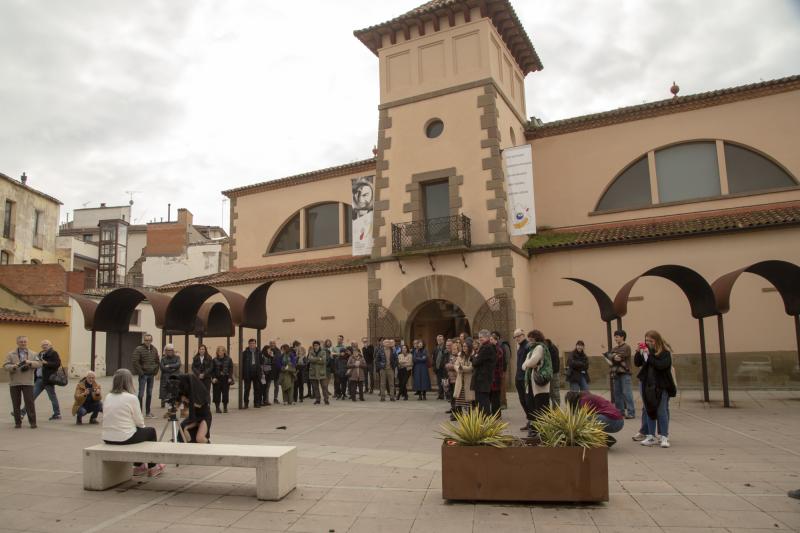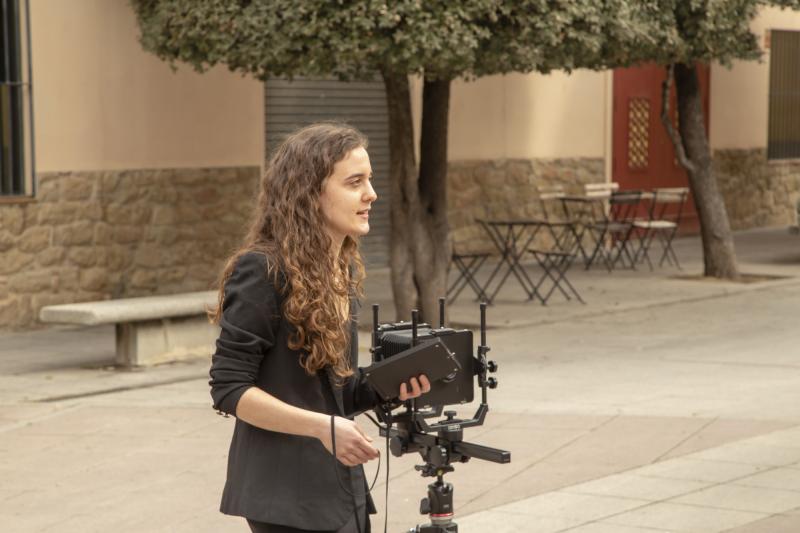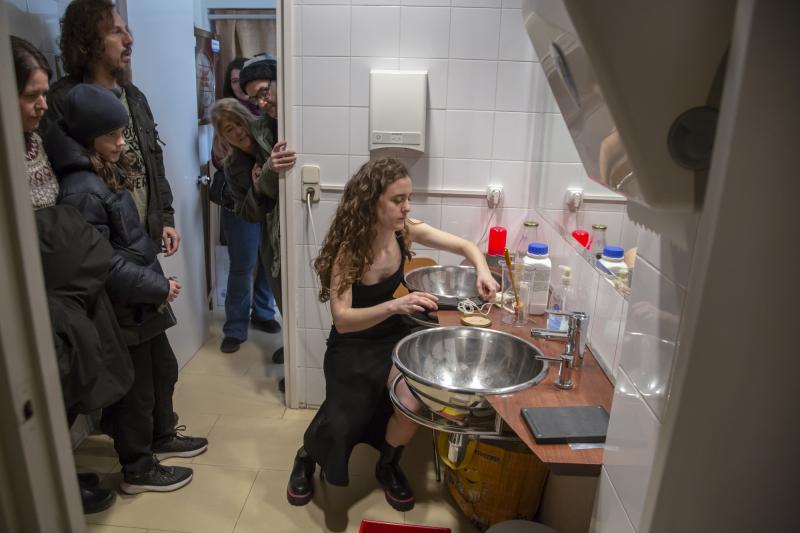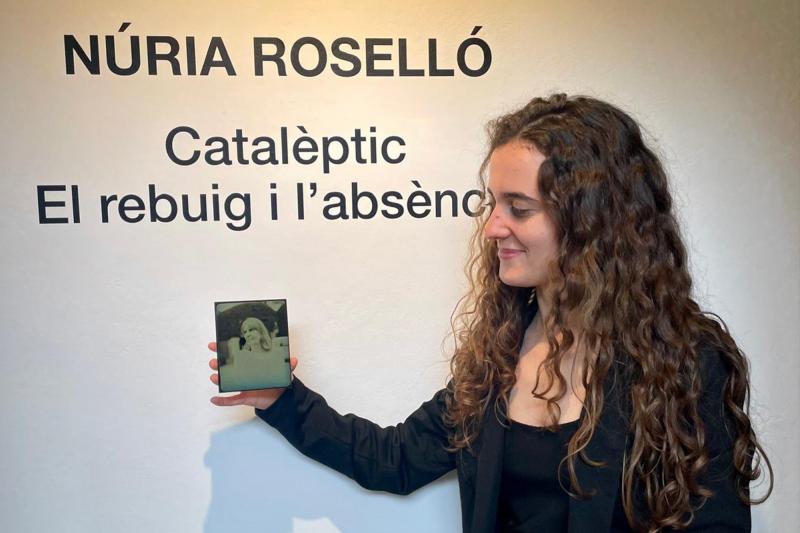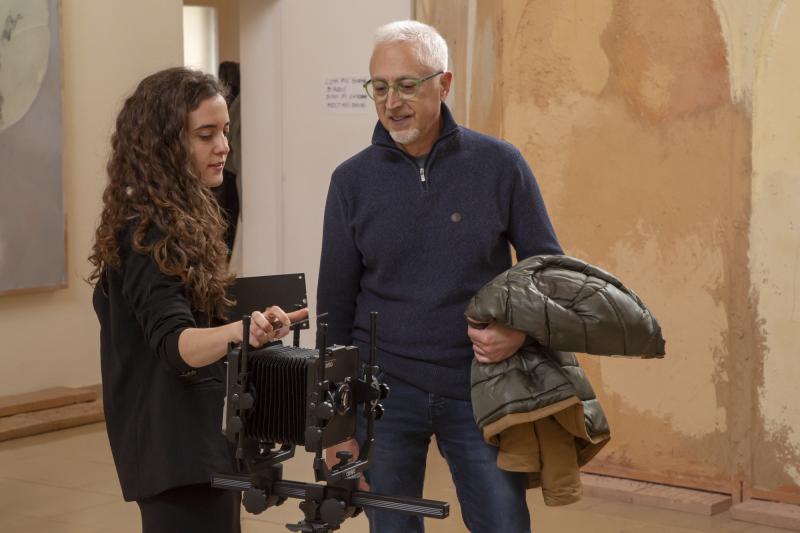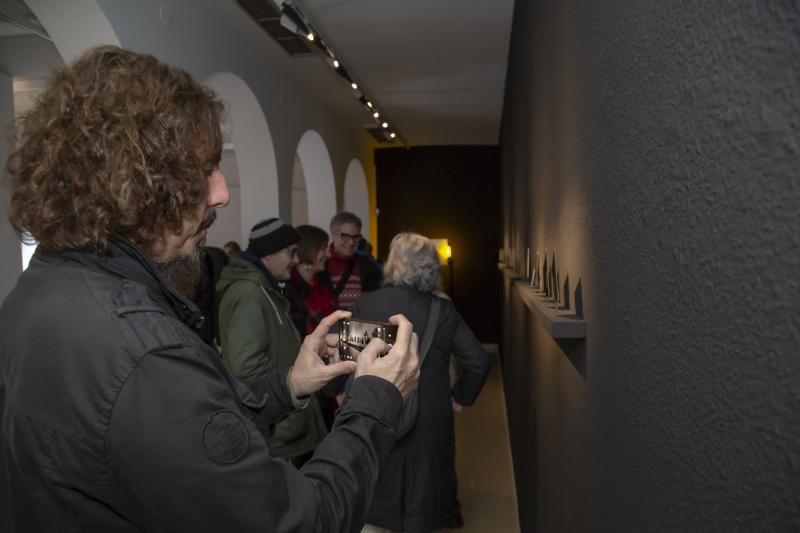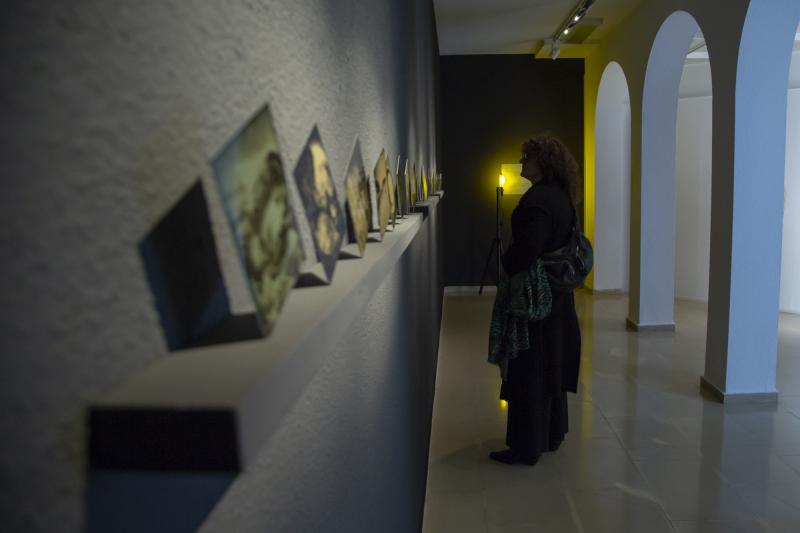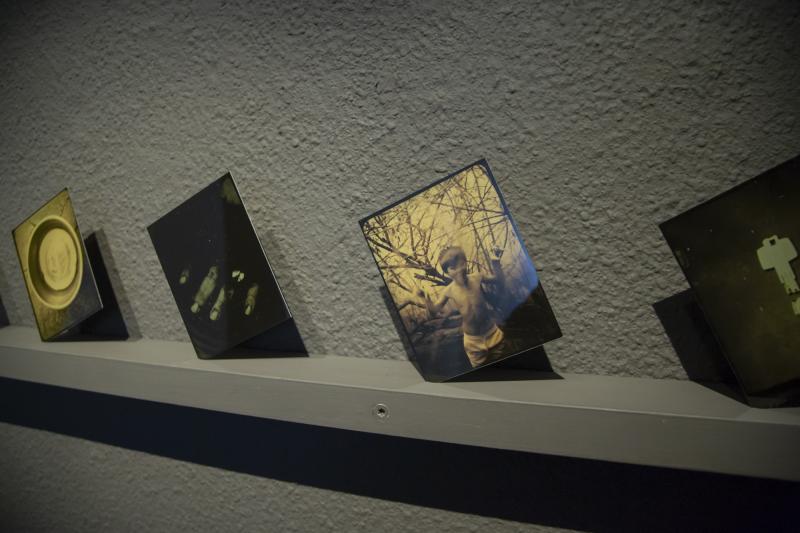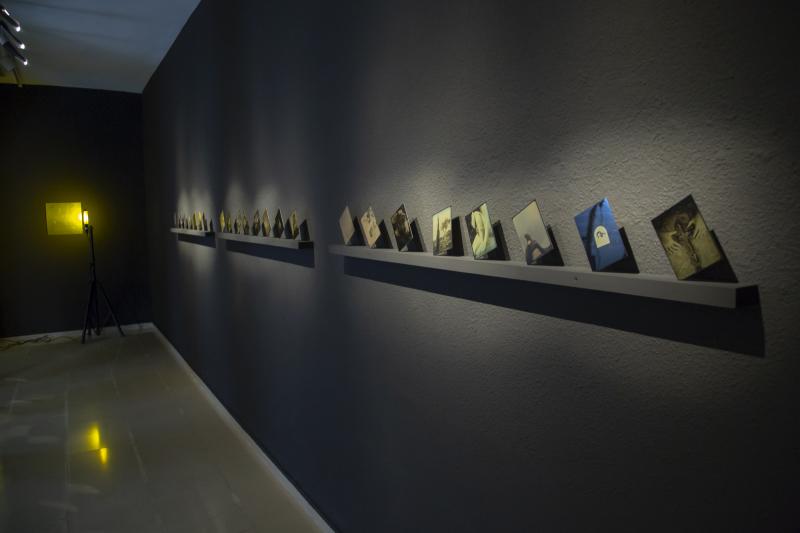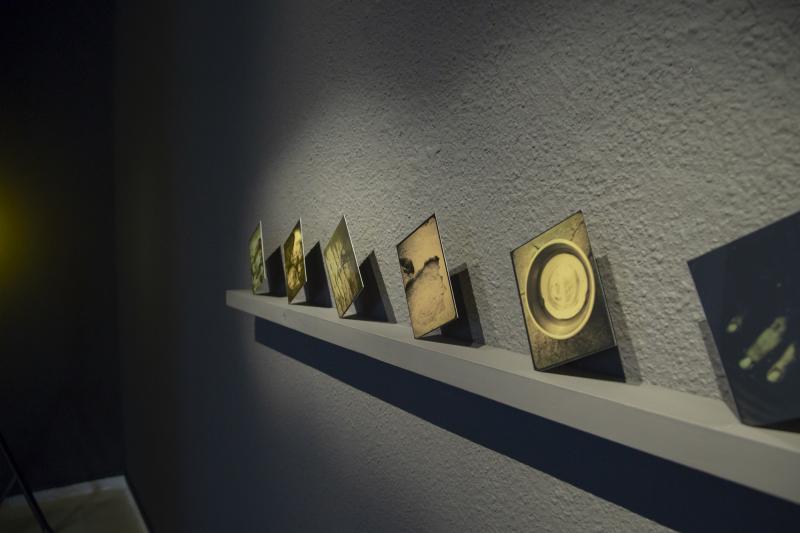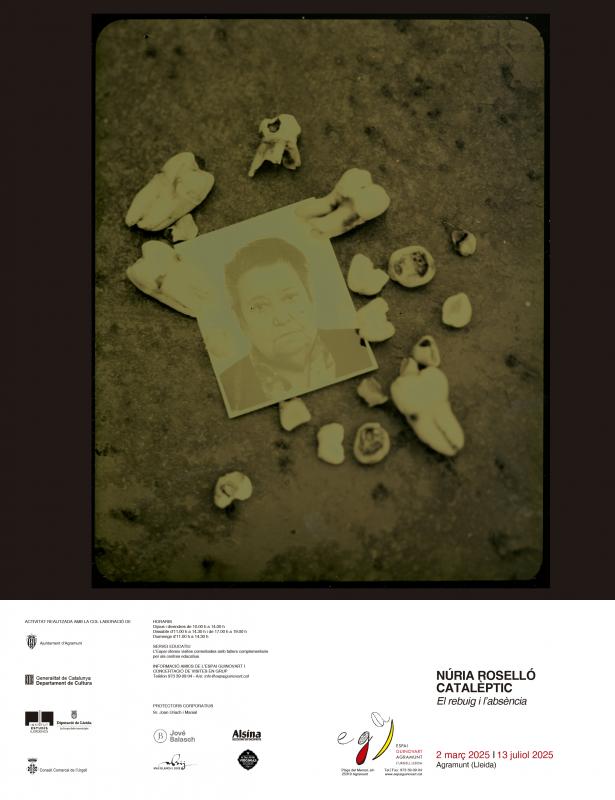Núria Roselló
Catalèptic El rebuig i l'absència
Els artistes són gent de poques paraules. Apliquen el seu llenguatge a coses que fan de mal dir, o tenen difícil significat, sempre als llindars de les metàfores. Ocupen un espai indispensable i, sovint, incomprès. Amants dels límits, els artistes han sabut trobar bones històries per a les seves obres.
A l’altra banda de l’altra banda hi som tots. Núria Roselló fa temps que retrata amb deteniment aspectes de la realitat que, en aparença, no mereixen una atenció estètica ni lligada a la bellesa. La fotografia tot ho allunya, i l’exploració que Roselló fa dels límits l’ha duta a territoris extrems –la mort, la deixalla, la lletjor, l’oblit, el rebuig, la repulsió–, i allà ha entès que tots són parts d’un mateix tot. I que estar en un límit sovint ens situa davant d’una línia on es fa difícil saber a quin costat de la ratlla ens trobem; o si tots els costats són, al capdavall, un mateix lloc.
Ara, Núria Roselló planteja unes fotografies lligades a la idea de conflicte entre rebuig i absència. En definitiva, entre el no voler i el no ser. Ho fa de manera desinteressada, en el sentit que no ens vol explicar el perquè sinó, senzillament, directament, i sense artificis, mostrar el què. Ja ens ho havia proposat fa un temps, en un projecte sobre deixalles titulat Terrain Vague (2022). Allà s’interrogava sobre el significat de la inutilitat dels objectes abjectes i sobre com es defineix la brossa de la brossa. Fotografies d’una senzillesa meravellosa i un amor als residus que no són res però ho podrien ser tot; que configuren paisatges reals, que configuren paisatges de l’ànima, tot és ara i res, i parafrasegem Vinyoli i continuem.
A Catalèptic, les imatges de deixalles van un pas més enllà i s’han sofisticat. No només s’hi mostra el que hi ha sinó també el que no hi ha. Ens movem entre la proximitat del que ens és quotidià i domèstic i l’abisme del desconegut i misteriós. Misteri és un altre concepte clau, de fet, en totes les fotografies de Núria Roselló. La fina línia que hi ha entre una cosa i l’altra, entre el que no es vol i el que no es té, és el que la fotògrafa explora en aquesta instal·lació feta a partir de ferrotips. La qüestió que ens planteja no deixa de tenir un punt d’ironia cruel: el que tenim ho llencem i recordem/desitgem el que no tenim. El desig és això, i té comportaments capritxosos: són els seus mecanismes, és el desig mateix.
El rebuig
Anem perdent perquè vivim. I tot es pot perdre, tot es pot rebutjar. La deixalla no conté dubtes: és rebuig. Es llencen les coses voluntàriament i s’amunteguen per oblidar-les. S’afigura una naturalesa incòmoda però tanmateix d’una extraordinària bellesa deforme. No hi ha bellesa sense imperfecció.
Només es tracta de fer net; això vol dir reduir, abandonar el que s’ha tingut. Estris i materials s’acumulen creant estranyes associacions i combinacions que obeeixen les lleis que supervisen el desordre de les coses. Fent un exercici de resignació desafiadora es disposen a no desaparèixer, conscients que resistir és subsistir. S’arrapen a una vida al marge i això transforma aquests materials en diferents, singulars. S’esdevé que de vegades el més important s’amaga entre la brossa. I pot semblar que no val res.
L’absència
El buit i el no-res són sinònims. Allò que no tenim és part d’aquest buit. Sigui perquè no ho hem posseït mai o perquè ho hem perdut, l’absència genera accions i reaccions excepcionals.
Recordem el que hem perdut i que ja no recuperarem mai més. Gairebé tot allò que coneixem és material d’oblit, i per això la natura ens ha recompensat amb la memòria. Però la memòria necessita noms. Els ferrotips de Núria Roselló posen noms, i hi assignen una imatge. La fotografia permet arrencar, esborrar, extreure i fer desaparèixer si convé. Tant és així que mirem coses que són aquí i que alhora no hi són. Sensorialment les percebem, però mostren el que no hi ha. Curiós, mostrar allò que no hi ha. D’aquí que es faci tan necessària la capacitat de recordar, de fer memòria, perquè és just el que genera la veritable imatge que Núria Roselló vol que es vegi.
Sovint associem l’absència amb la mort. Núria Roselló també ho fa. En la seva obra, la mort ha jugat sempre un paper potser no gaire evident però fonamental. Sabem que hi ha mort perquè sabem que hi ha final: no-res. Algunes imatges que semblaven indestructibles són amablement desintegrades per efecte de l’absència. Però només hi ha absència en la memòria que oblidem. Per poca sensibilitat que es tingui, sempre es trobarà un rastre, unes molles de pa al mig del camí, per recordar, per només recordar. Els sentits ho situen tot en l’espai i el temps. I, d’entrada, a tot arreu hi habita la sensació, només allò que està mort o sembla mort queda orfe de sensació. Núria Roselló deixa aquest rastre fent que les fotografies no estiguin completament dins del temps, per poder deixar alguna cosa per a l’eternitat. Les imatges ens diuen: “No som al món, però som aquí”.
La instal·lació Catalèptic parla de la necessitat de misteri que mou els creadors i els públics, i potser la vida tota. De la bellesa que anticipa la lletjor. De les fines línies entre els límits. Parla de la mort com l’únic lloc on anar. De llunyania. De lentitud: les coses eternes demanen calma. I de silenci. En tot hi ha una tendència al silenci, i en aquestes escenes, més.
En silenci, doncs, deixem enrere les fotografies perquè existeixin, com en estat de catalèpsia, perfectament conscients que no estan vives però tampoc mortes.
Anselm Ros
Comissari de l’exposició

